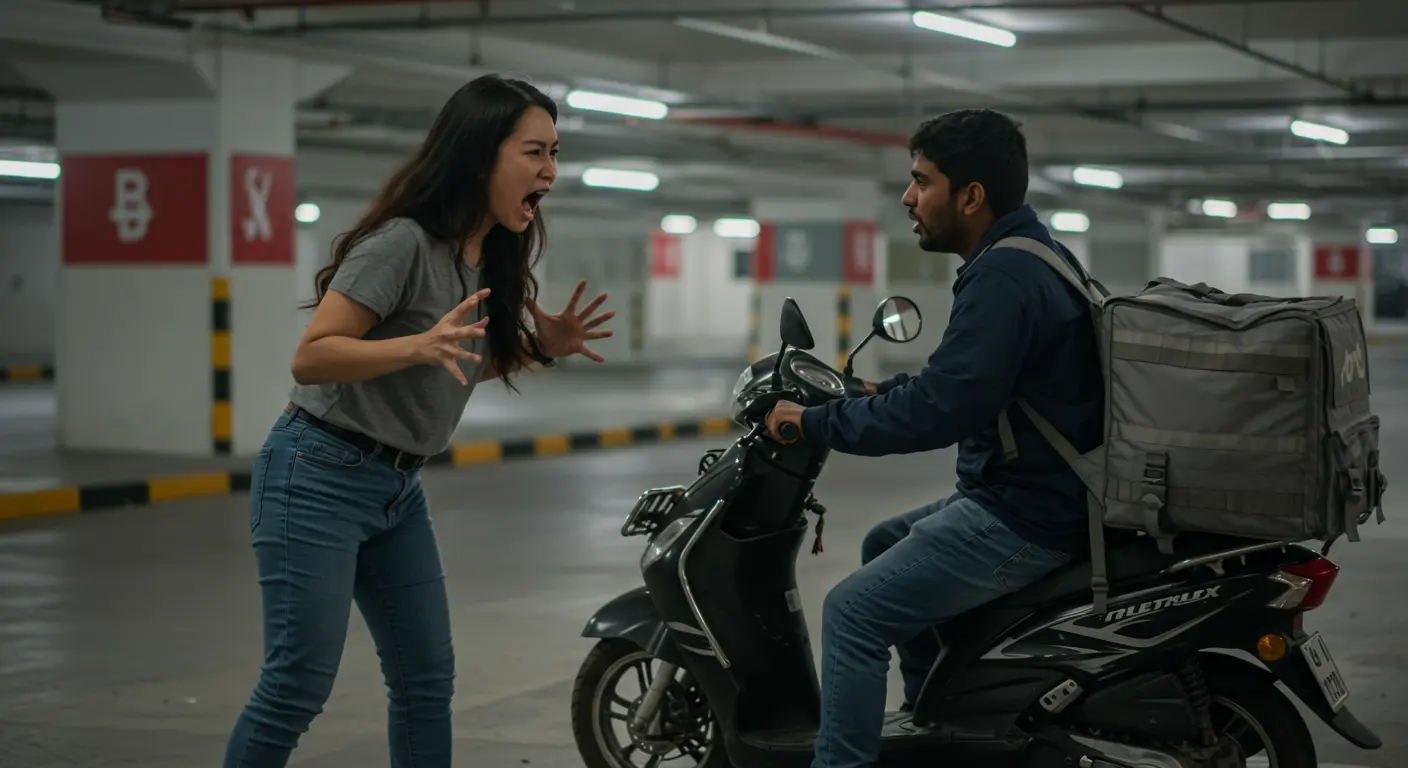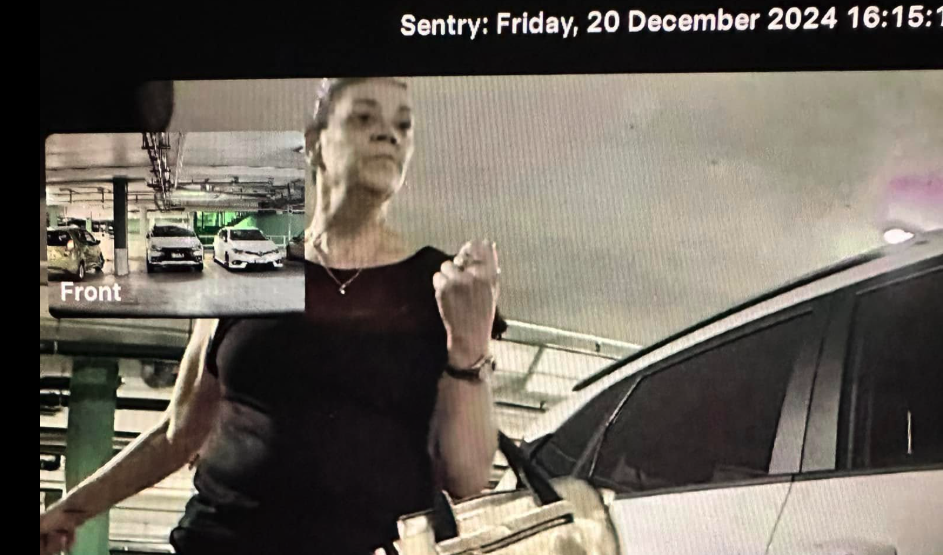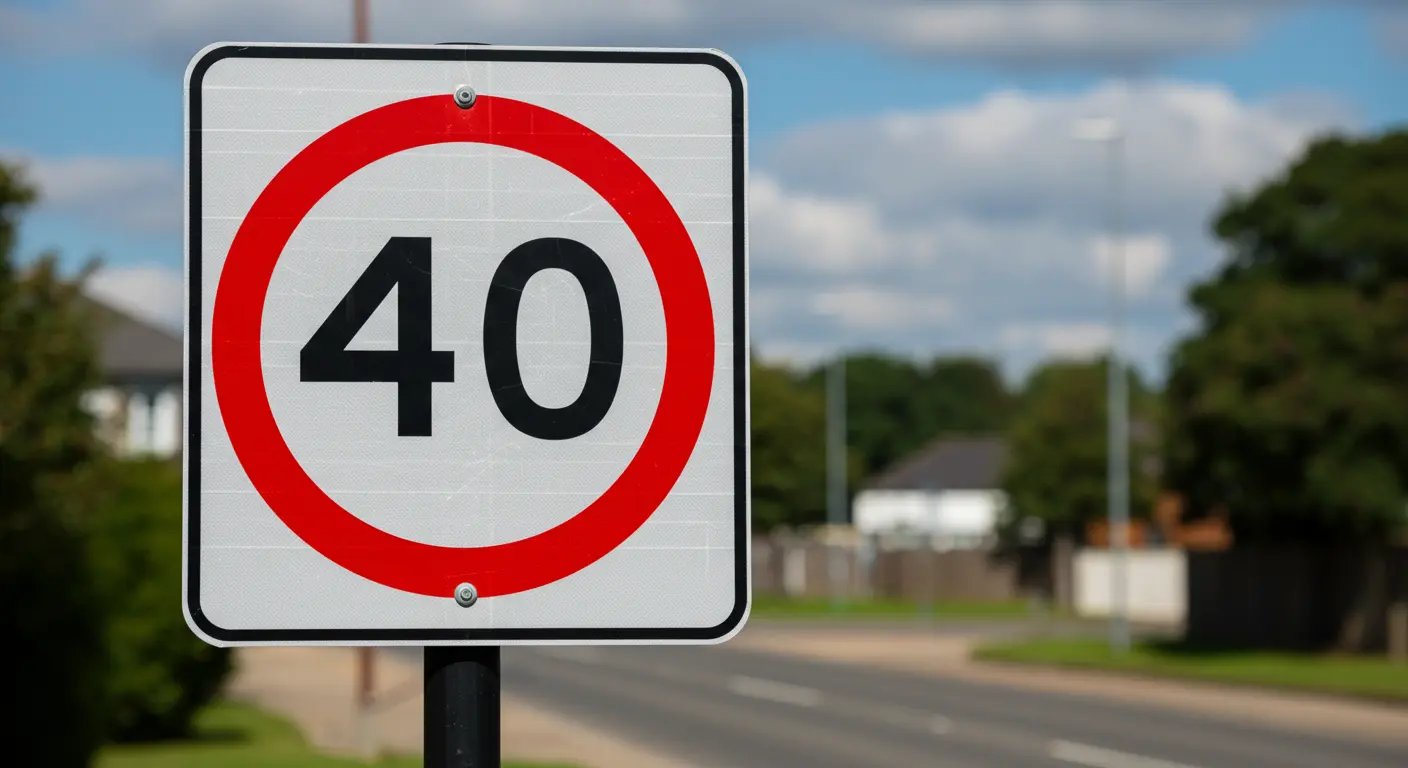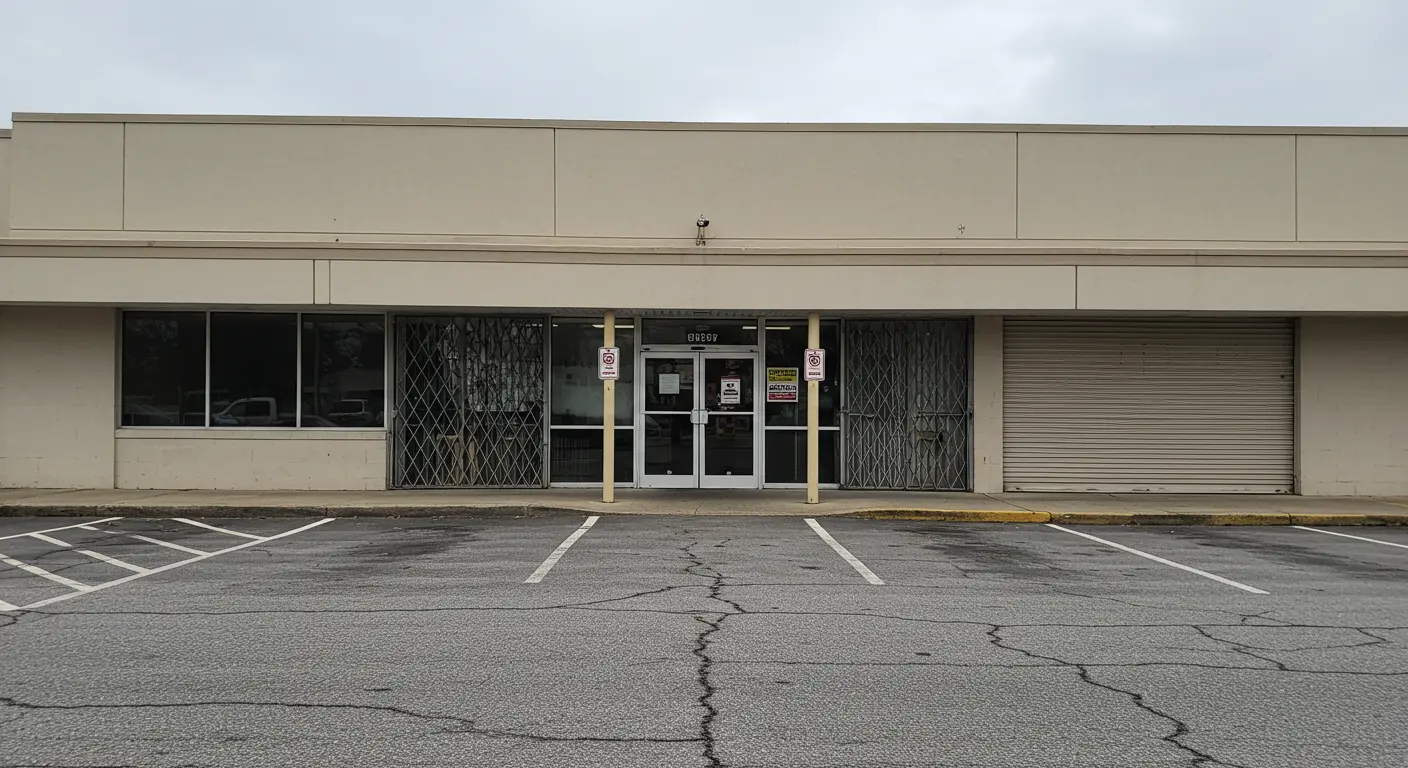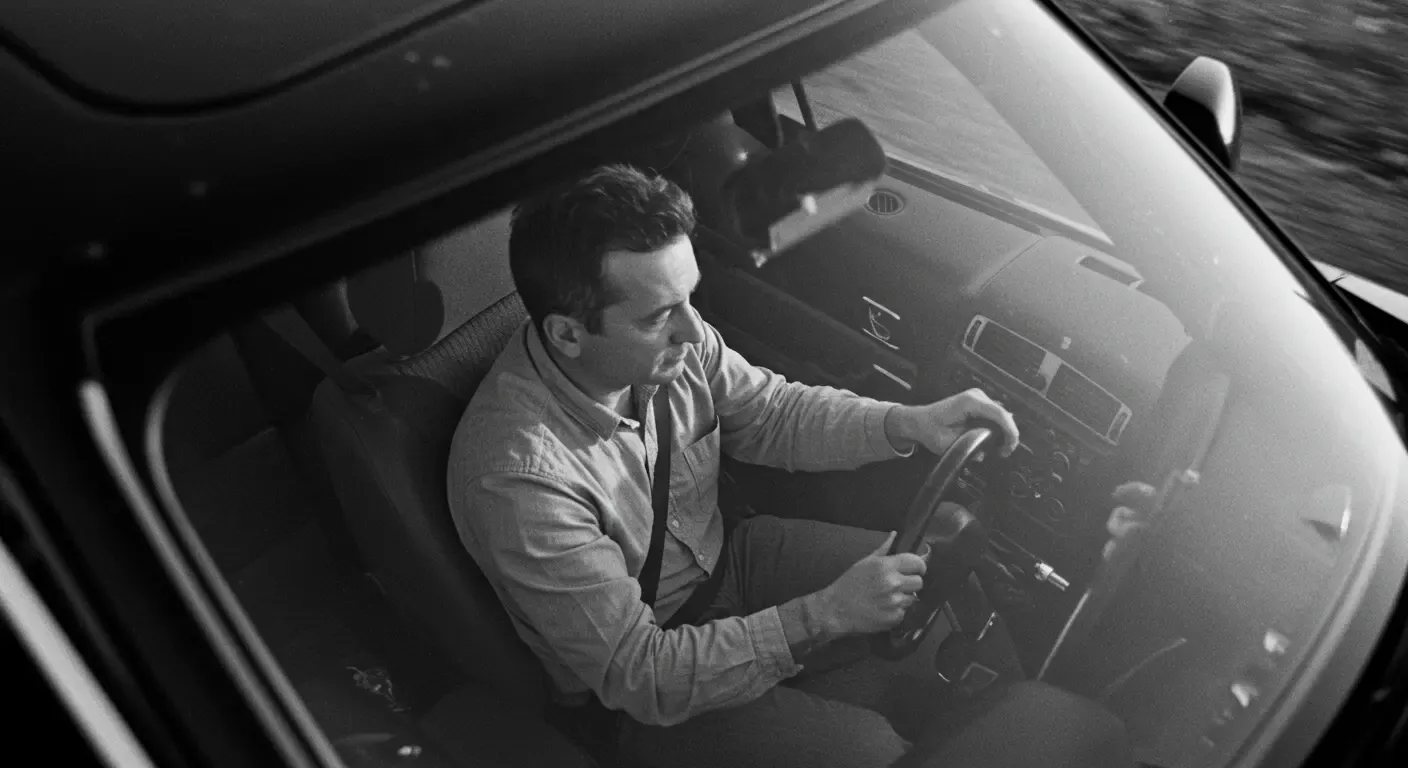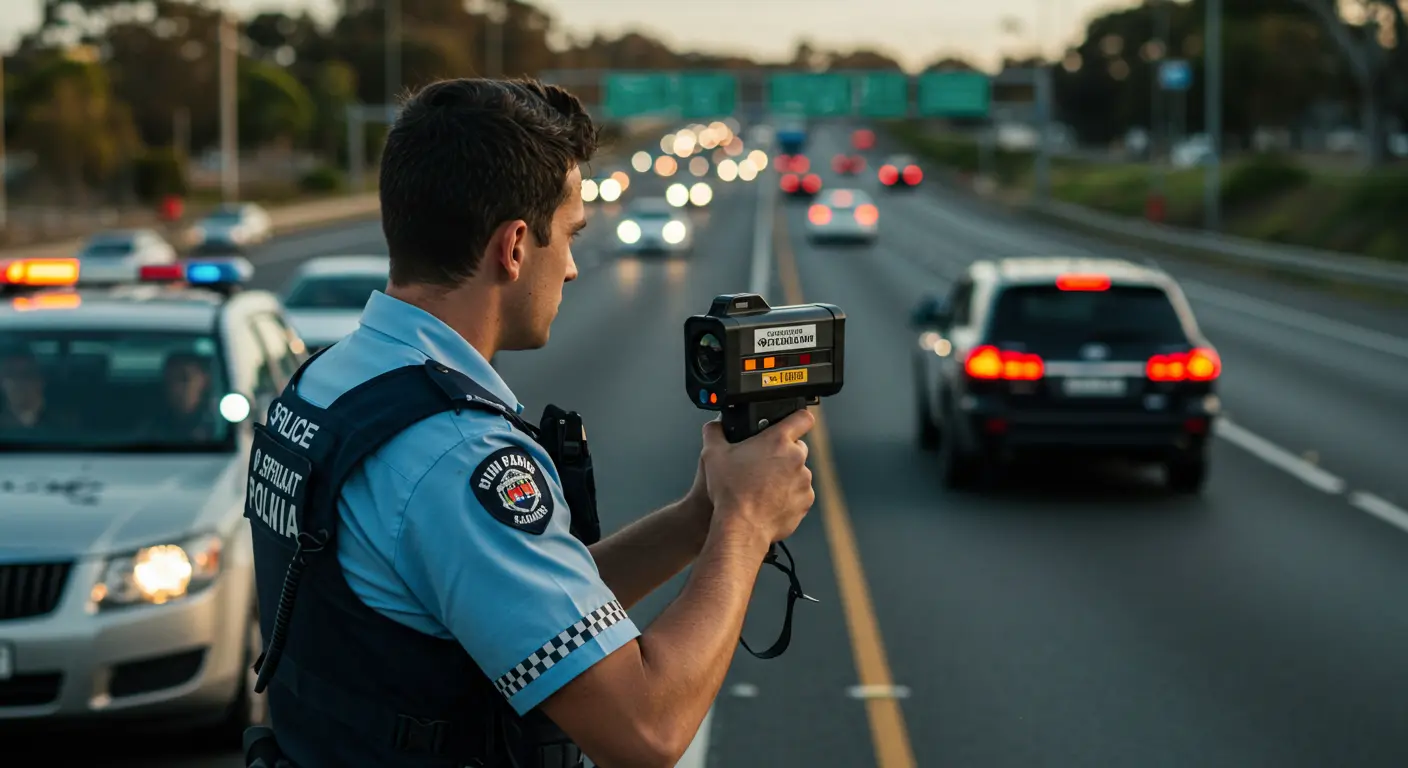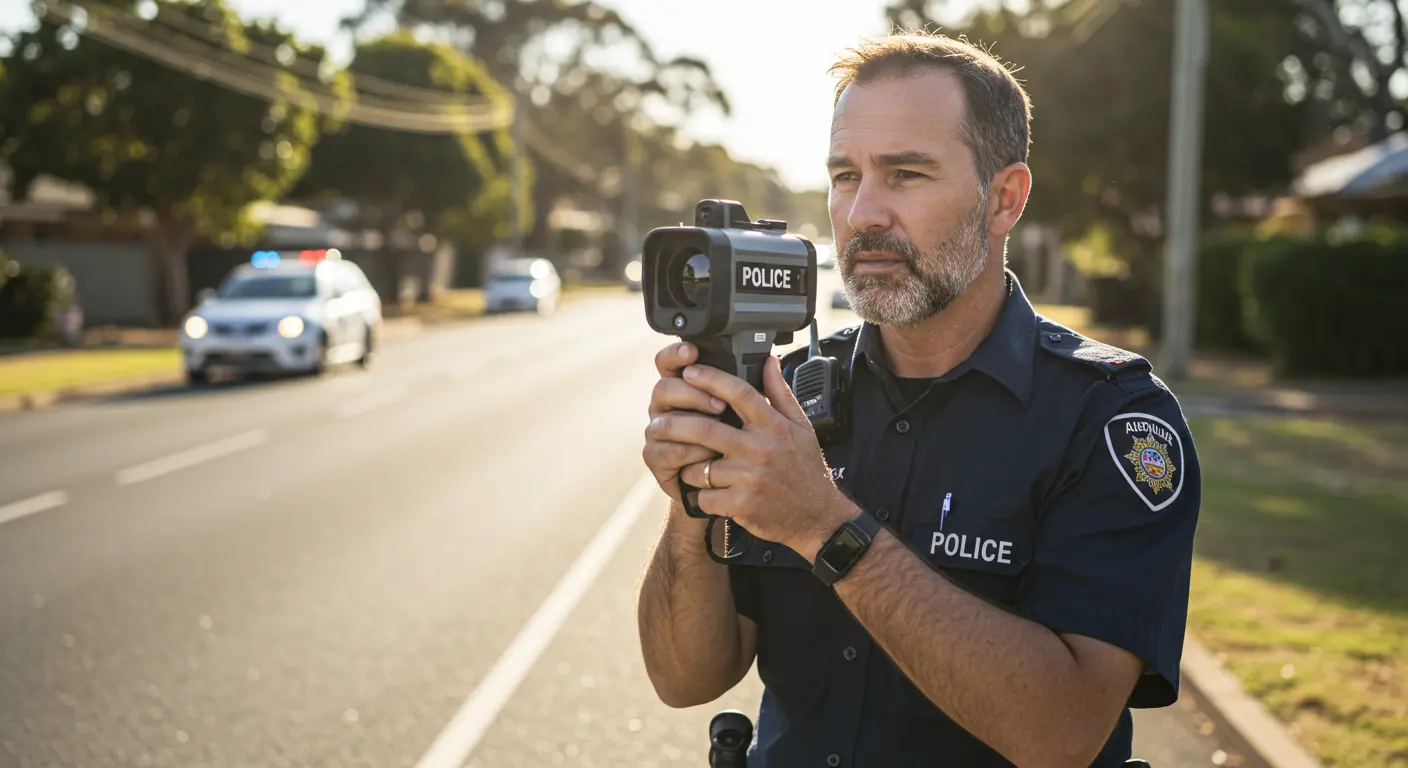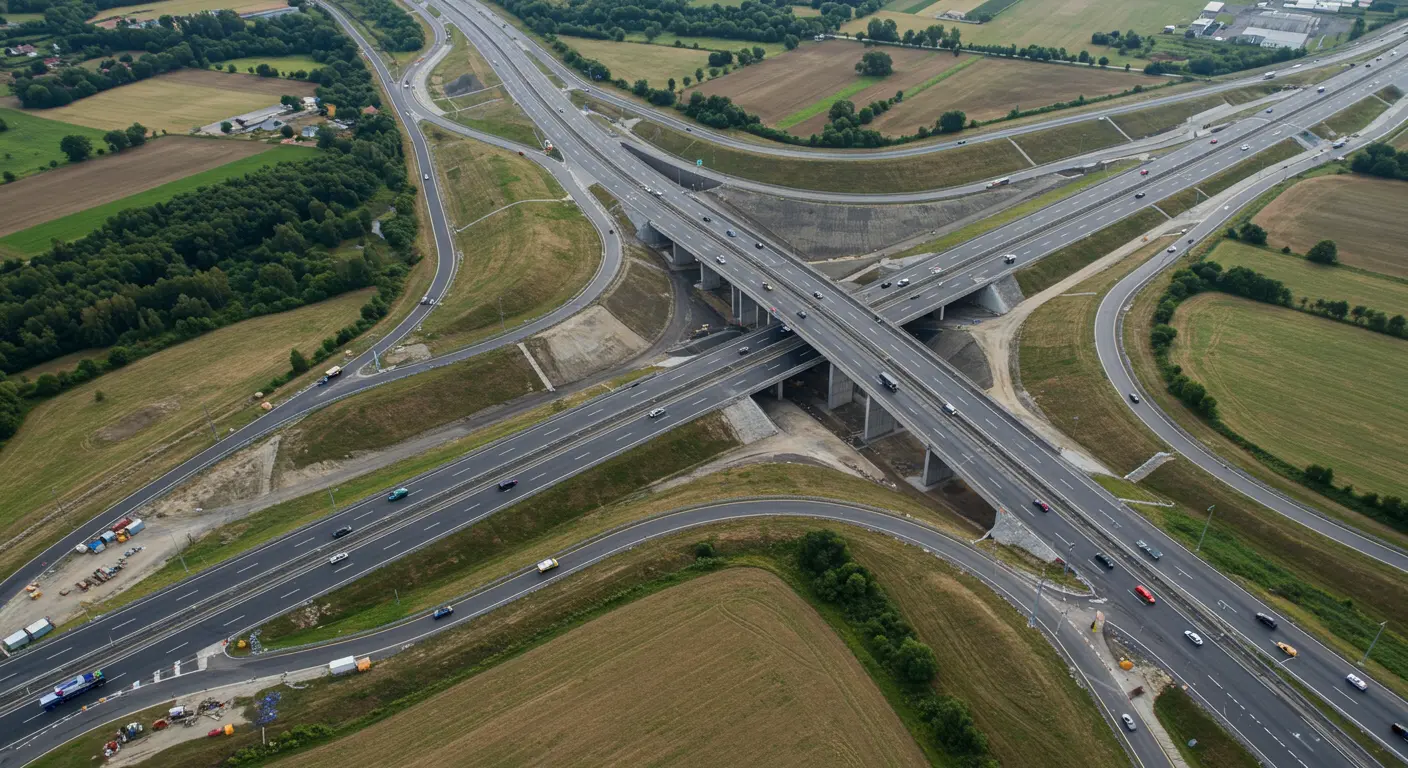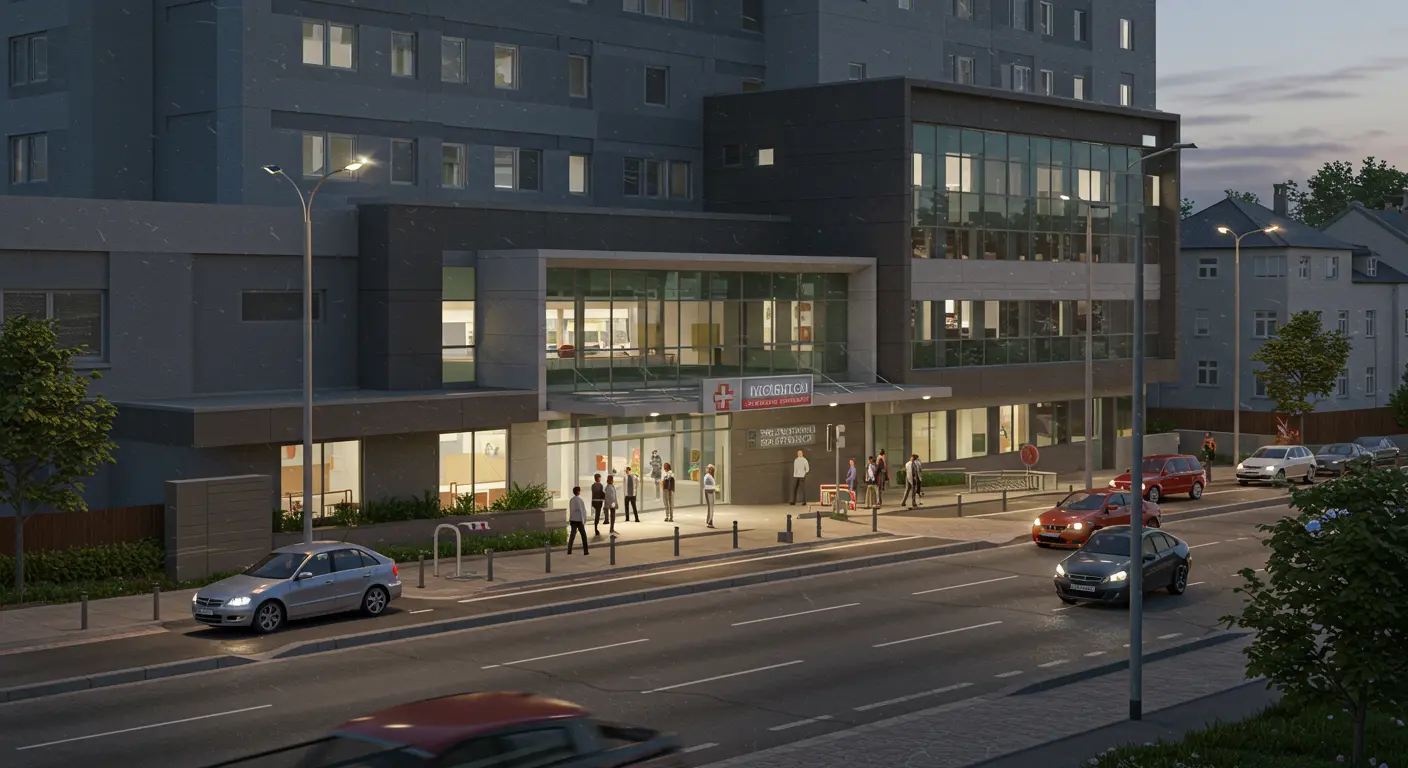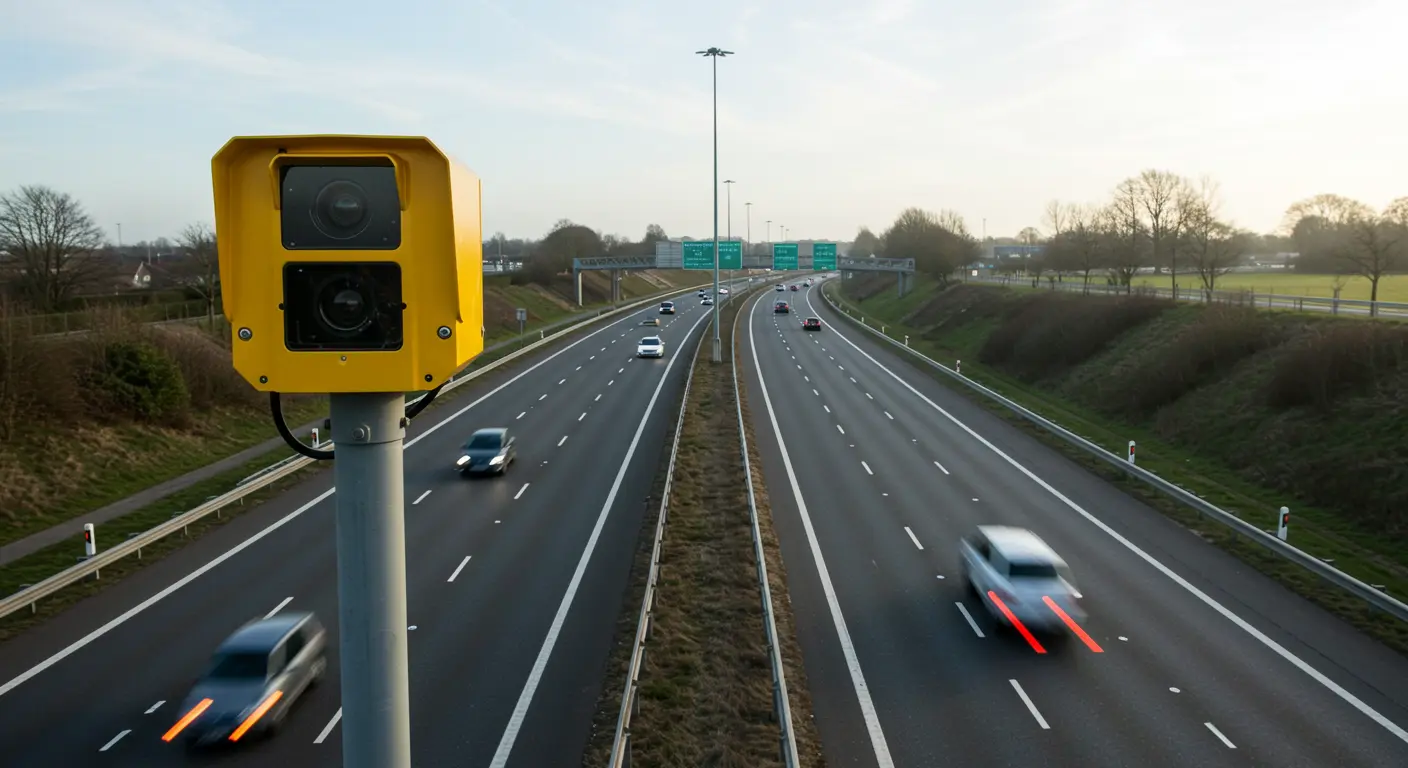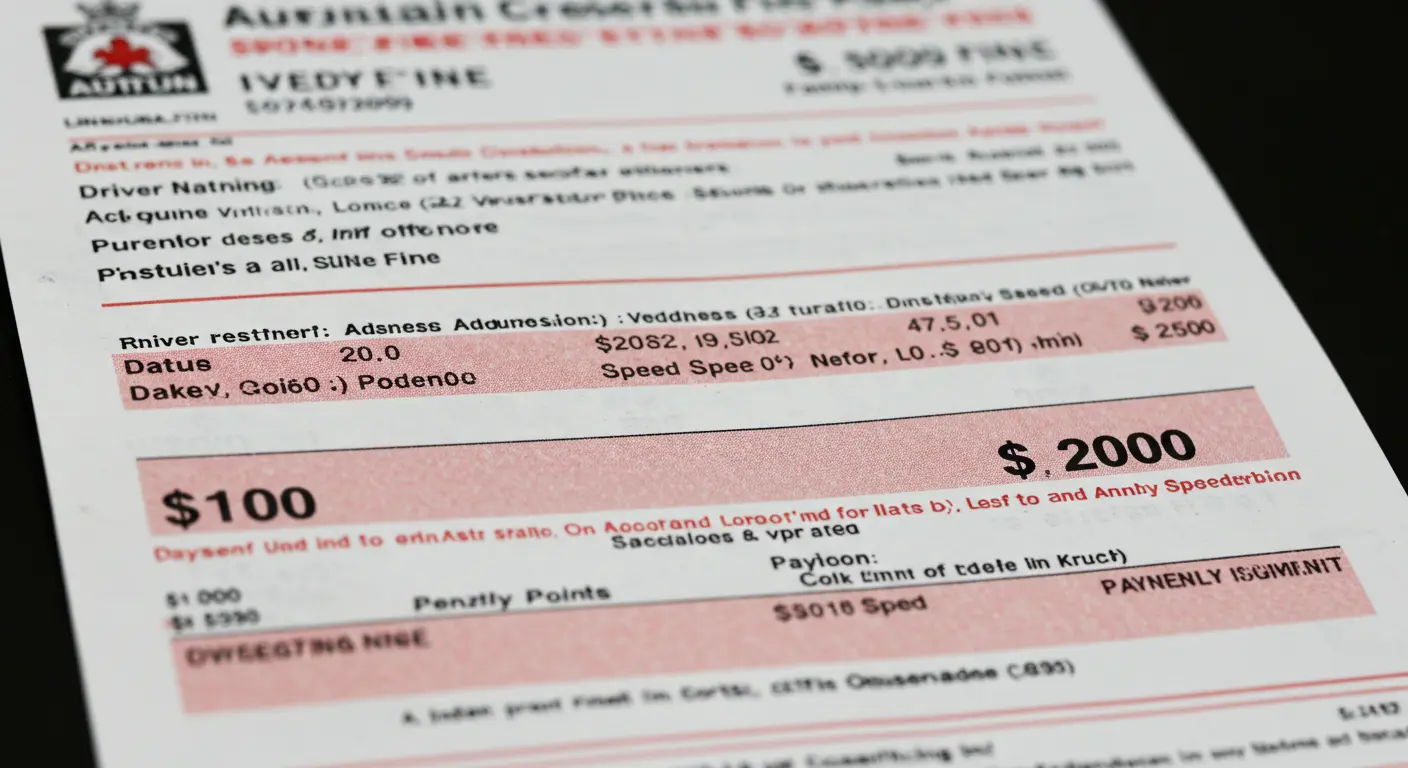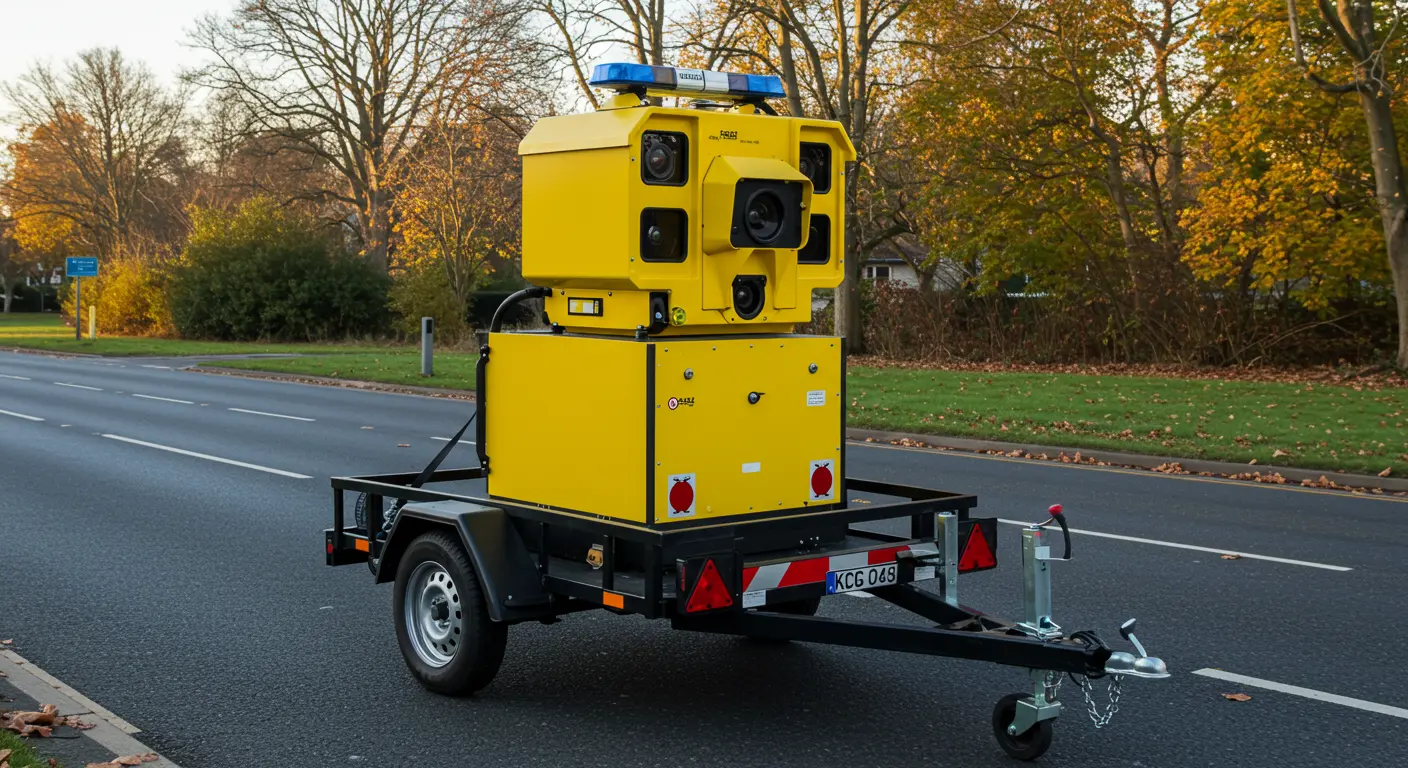Every day across Victoria, road workers, emergency responders, and enforcement personnel risk their lives to keep our roads safer. To help protect these workers, Victoria has introduced and strictly enforces rules requiring motorists to reduce their speed when passing road work zones and stationary emergency or enforcement vehicles.
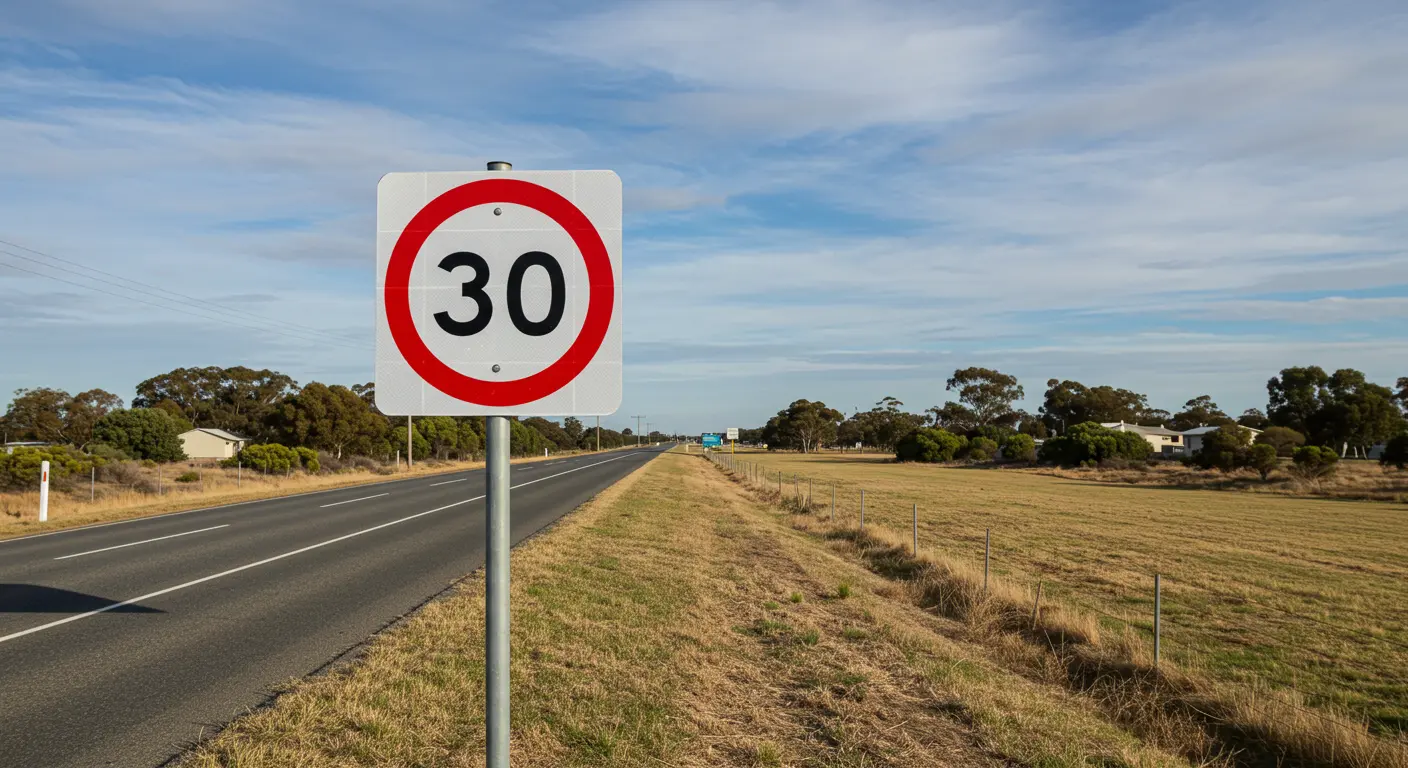
The 40km/h Rule: When It Applies
Introduced on July 1, 2017, Road Rule 79A mandates that drivers slow down to 40km/h when approaching and passing any stationary police, emergency, enforcement, or escort vehicle displaying flashing red, blue, or magenta lights or sounding an alarm.
This rule applies regardless of the lane you are in, even on multi-lane roads. However, it does not apply to vehicles travelling on the opposite side of a divided road separated by a median strip.
Why Slowing Down Matters
Slowing to 40km/h reduces the risk of injury or death for road workers and emergency responders. It also allows motorists more time to respond to unexpected hazards. Incidents near roadside operations often occur at high speeds, which significantly reduces reaction time.
A survey of over 1,600 Victorian emergency service workers found:
- 17% experienced four or more near misses with passing vehicles
- 3% were injured while evading a vehicle
- 8% had their vehicle struck by a passing car
- 23% of those involved in incidents reported mental health effects

Enforcement and Penalties
Victoria Police actively enforces compliance with the 40km/h rule. In 2020, 503 infringements were issued to drivers who failed to slow down. Detection methods include:
- Laser and other speed-measuring devices
- In-car police video footage
- Reports from emergency workers
The penalty for non-compliance is 1.75 penalty units ($272.05), with a maximum court penalty of 5 units ($777.30).
Slowing for Road Work Zones
Temporary speed limits in road work zones are legally enforceable. Drivers must obey posted limits displayed on electronic signs or standard roadwork signage until they pass a sign showing a new speed limit.
Hazards in road work areas may not be visible, especially at night. These may include:
- Narrow lanes
- Loose gravel or debris
- Deep trenches or soft road surfaces
- Road humps or drops
Slowing for Emergency Vehicles
Motorists must slow to 40km/h when passing emergency vehicles that are stationary or moving slowly (under 10km/h) and displaying:
- Flashing red and blue lights
- Flashing magenta lights
- Audible alarms
Drivers must not accelerate until safely clear of the emergency scene.
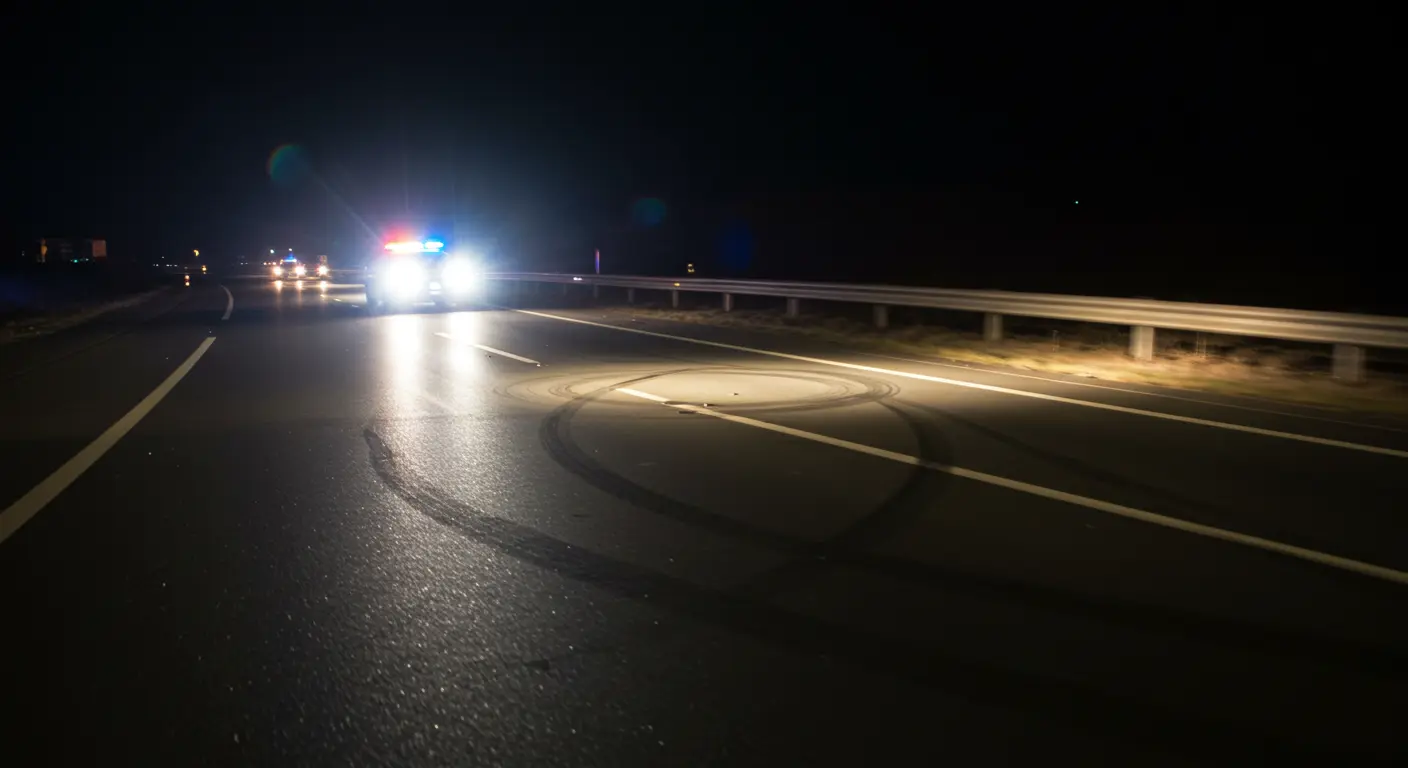
Road Safety Education
Victoria Police continues to focus on education alongside enforcement. While penalties apply, the priority is raising awareness about the importance of slowing down to save lives.
Summary: Shared Responsibility
All road users share the responsibility for safety. Slowing down near road works and emergency vehicles is not just the law—it's a common-sense action that protects lives. Drive to the conditions, pay attention to signs, and reduce speed to 40km/h when required. It could make the difference between life and death.
